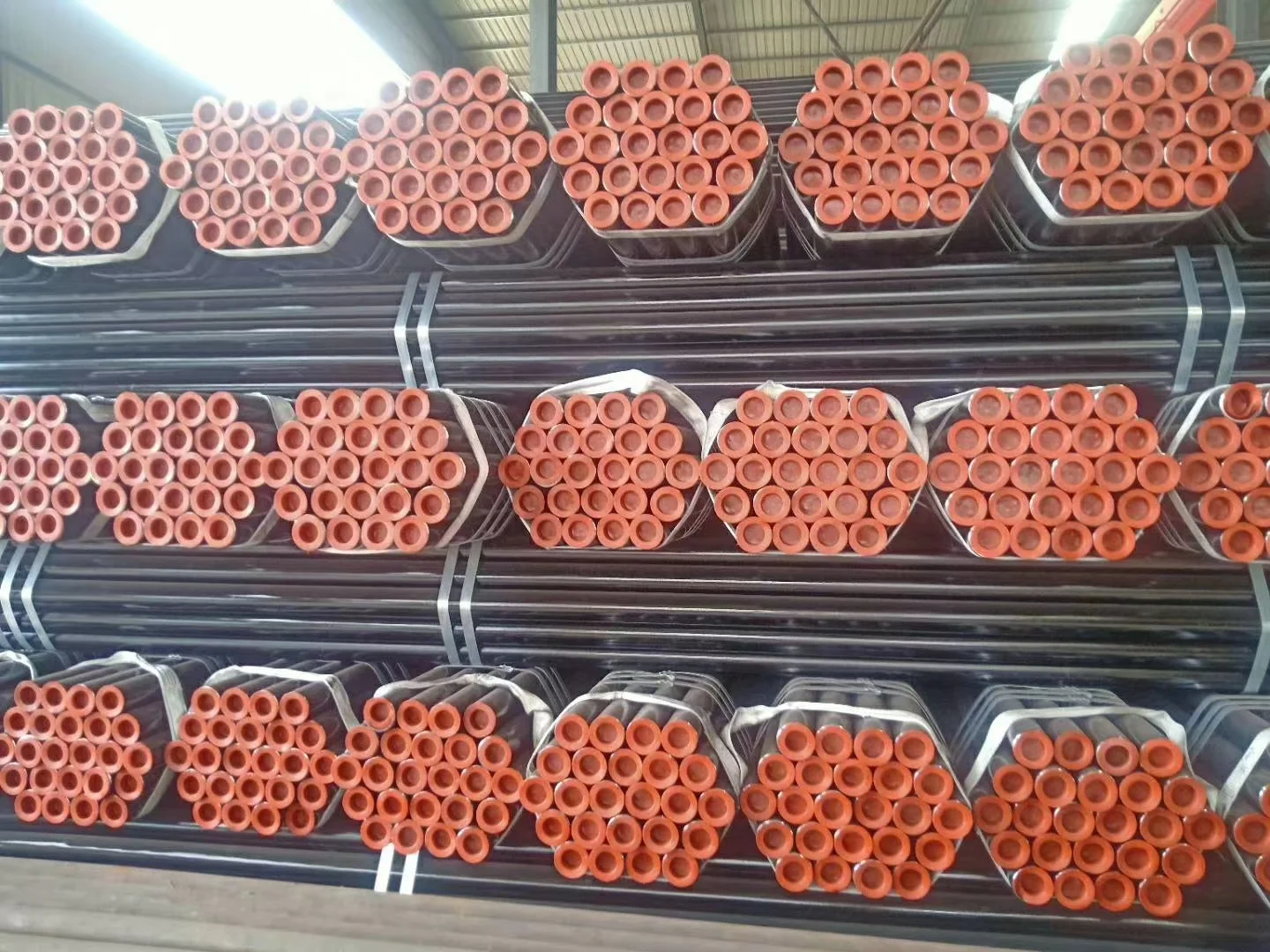Basic knowledge of small-diameter seamless steel pipes
Under normal circumstances, the seamless steel pipes used daily are of normal caliber, and small-caliber seamless steel pipes are used in some special places. Today, I will introduce you to the relevant knowledge of small-caliber seamless steel pipes, which will help you to better use this kind of pipe in the future. Generally speaking, seamless steel pipes with small outer diameters are collectively referred to as small-diameter seamless steel pipes, but there is still a specific range. Generally, those with steel diameters below 89mm and above 4mm can be called small-diameter seamless steel pipes.

In most cases, small-diameter seamless steel pipes are also used as pipelines for conveying fluids. Compared with solid steel such as round steel, when the bending and torsion strength is the same, the weight is lighter. It is an economical cross-section steel and is widely used Manufacture of structural parts and mechanical parts, such as oil drill pipes, automobile transmission shafts, bicycle frames, steel scaffolding used in construction, etc.
The general specification of small-diameter seamless steel pipes is that the outer diameter is between 6-89mm, and its diameter is relatively small. The wall thickness of 1-12mm can also be divided into small-diameter thick-walled seamless pipe and small-diameter thin-walled seamless pipe. Its weight calculation formula: [(outer diameter-wall thickness)*wall thickness]*0.02466 = kg/m (weight per meter)
In order to produce seamless pipes with smaller dimensions and better quality, cold rolling, cold drawing or a combination of the two methods must be used. Cold rolling is usually carried out on a two-roll mill. The steel pipe is rolled in an annular pass formed by a variable cross-section circular hole groove and a stationary tapered plug. Cold drawing is usually carried out on a single-chain or double-chain cold drawing machine. The hot tube is placed in a closed extrusion cylinder. The perforated rod and the extrusion rod move together to make the extruded piece smaller Extrusion into the die hole, so that small-diameter seamless steel pipes can be produced.






